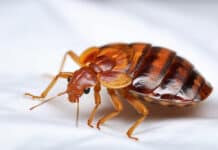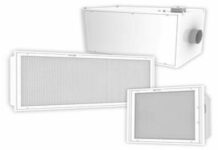
Asthma is the most common chronic disease of childhood, and studies indicate it disproportionally affects inner-city children living in public housing. In most cases, asthma is triggered by airborne allergens, usually dust, that cause respiratory inflammation, airway constriction and wheezing.
Scientists have long wondered if there is a specific allergen in dust that causes asthma. According to a study in the New York Times*, it now appears that scientists from the Boston University School of Medicine have finally discovered one of the key culprits.
Dust was collected from homes in public housing facilities using a vacuum cleaner. The dust sample contained cockroach remains, which become airborne after the insects die. Laboratory mice that inhaled this dust soon experienced difficulty breathing, showing signs that they were experiencing an asthma attack.
Many scientists, including those not directly involved in the research, have expressed excitement regarding this discovery. Said Dr. Lester Kobizik of Harvard Medical School, “[Now we know] the nasty material people actually become allergic to.”
One reason scientists were so excited by this discovery is because most previous tests searching for the allergens that induce asthma have been performed in artificial, laboratory settings. “In this case, however, they found the cause of the problem [by] turning to a real-life situation: vacuuming a carpet,” says Jolynn Kennedy, marketing manager at Tornado Industries. “Now we know all of our work and research into high-filtration, HEPA-filtered vacuum cleaners that can capture and trap many of these allergens was for a good cause.”
* “House Dust Yields Clue to Asthma: Cockroaches” by Elissa Ely, NYT, 4/7/2009



















![[VIDEO] Collect Asset Data at the Speed of Walking a Building](https://facilityexecutive.com/wp-content/uploads/2024/02/maxresdefault-324x160.jpg)